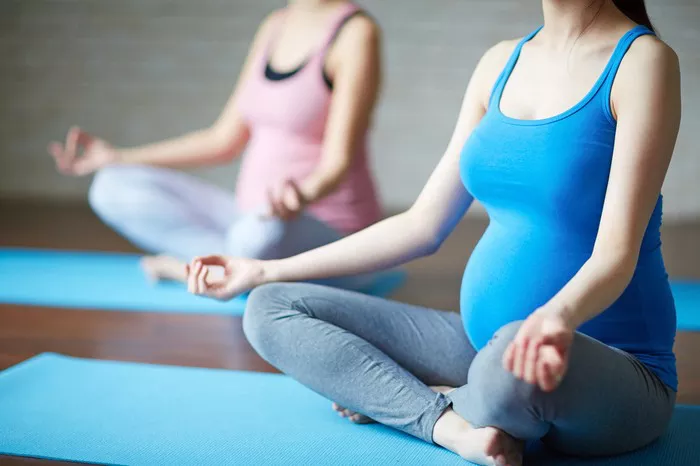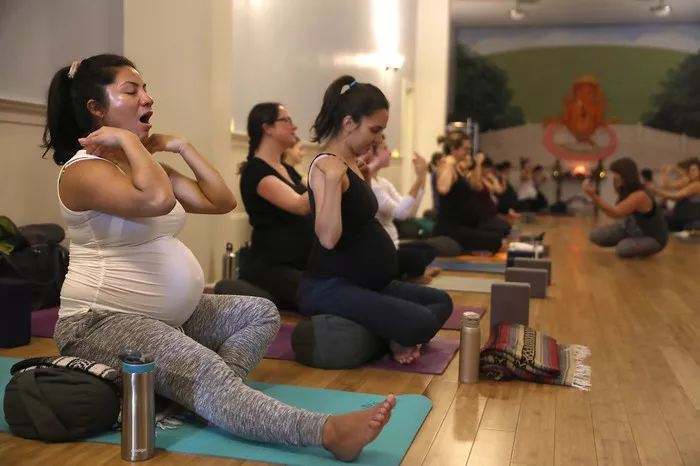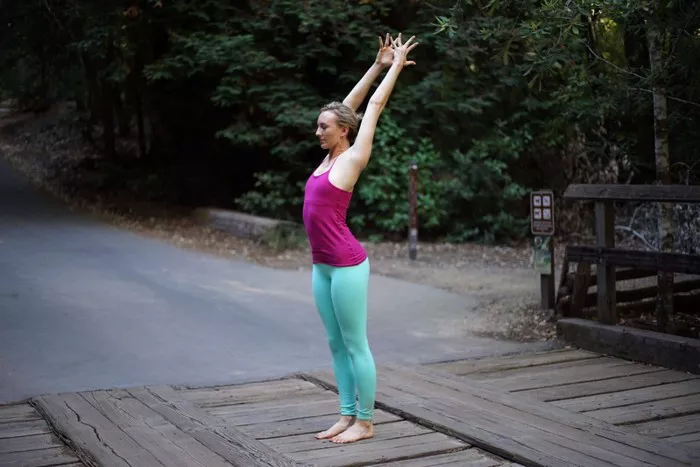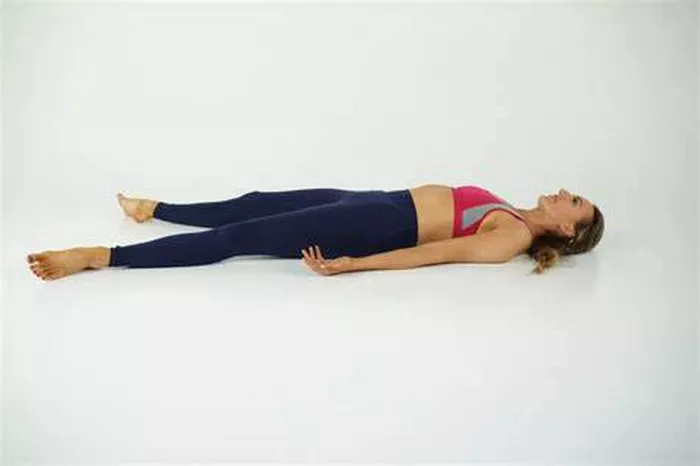Restorative yoga, a gentle and soothing practice designed to promote relaxation, stress relief, and deep restorative healing, has gained widespread popularity in the world of yoga. Unlike more physically demanding forms of yoga, such as Vinyasa or Ashtanga, restorative yoga focuses on slowing down the body and mind, allowing practitioners to fully surrender into the present moment. One of the hallmark features of restorative yoga is its use of props, which plays a crucial role in supporting the body and enhancing the overall experience.
In this article, we will explore the role of props in restorative yoga, discussing their benefits, the types of props commonly used, and how they support practitioners in achieving deep relaxation and healing. Whether you are a beginner or an experienced practitioner, understanding how props function within restorative yoga can help you deepen your practice and enjoy the full therapeutic benefits this style of yoga offers.
What is Restorative Yoga?
Before delving into the specific role of props, let’s first understand what restorative yoga is and how it differs from other yoga practices. Restorative yoga is a gentle form of yoga that emphasizes relaxation and recovery rather than active movement and strength-building. It is often practiced with the intention of promoting healing from physical or emotional stress, illness, or injury.
The practice typically involves holding supported poses for extended periods, ranging from 5 to 20 minutes or more. This allows the body to fully relax and encourages the release of tension in both the body and mind. The slow pace of restorative yoga allows practitioners to turn inward and focus on the breath, creating a sense of calm and balance.
Restorative yoga is particularly beneficial for those recovering from an injury, dealing with chronic pain, or experiencing high levels of stress. It is also a wonderful practice for anyone seeking to deepen their sense of awareness and relaxation.
The Importance of Props in Restorative Yoga
Props are an integral part of restorative yoga. They help to support the body in a way that allows practitioners to fully relax and settle into poses with minimal physical effort. Props can be used to elevate or support various parts of the body, ensuring proper alignment and comfort. This makes it possible for the body to stay in a particular posture for extended periods without strain or discomfort, allowing the body to access deeper levels of relaxation and healing.
In restorative yoga, props provide the following key benefits:
1. Physical Support and Comfort
One of the primary functions of props in restorative yoga is to offer physical support, allowing practitioners to hold poses for longer durations. By using props to support different areas of the body, practitioners can release muscular tension and avoid discomfort, which is especially important when dealing with tight muscles or chronic pain.
For instance, using props like bolsters, blankets, or cushions can support the back, hips, and legs, ensuring that the body is fully relaxed and comfortable in each pose. This support helps to alleviate any strain or discomfort, making it easier to surrender into the practice and deepen the relaxation response.
2. Enhanced Alignment
Proper alignment is essential for both safety and effectiveness in any yoga practice. In restorative yoga, props help practitioners achieve correct alignment without effort, ensuring that the body is in a position that promotes maximum relaxation and healing. For example, a bolster placed under the knees can relieve pressure on the lower back, allowing the spine to lengthen and release tension. A block under the hands or feet can also help bring the body into a more optimal position, ensuring that the pose is comfortable and supportive.
3. Deep Relaxation and Surrender
The use of props in restorative yoga helps facilitate deep relaxation and encourages practitioners to surrender fully into each pose. Props provide a sense of security, allowing the body to let go of physical tension and mental distractions. When supported by props, the body can stay in a restful position for longer periods, allowing the nervous system to shift into the parasympathetic state (the “rest and digest” mode), which promotes healing, stress relief, and emotional balance.
4. Mental Focus and Mindfulness
In restorative yoga, the use of props also helps practitioners cultivate a sense of mindfulness. When props are used effectively, they encourage a more meditative experience. The body is fully supported, allowing the mind to turn inward and focus on the breath, sensations in the body, and the present moment. Props can help create a sense of safety and stillness, allowing practitioners to engage in a deeper level of self-awareness and mindfulness during their practice.
Types of Props Used in Restorative Yoga
Now that we have a general understanding of why props are important in restorative yoga, let’s take a look at some of the most commonly used props in this practice. Each prop serves a different purpose and can be used in various ways to enhance comfort, alignment, and relaxation.
1. Bolsters
Bolsters are one of the most commonly used props in restorative yoga. These soft, cushioned cushions provide support to the body in a variety of poses. Bolsters can be placed under the back, knees, hips, or neck to provide comfort and elevate certain body parts. They are especially helpful in supported backbends, as they can gently lift the chest and provide support to the spine.
There are two main types of bolsters: cylindrical and rectangular. Cylindrical bolsters are more versatile, and they are often used to support the chest, back, or knees. Rectangular bolsters offer more surface area and can provide more substantial support, especially for back support in poses like Supta Baddha Konasana (Reclining Bound Angle Pose) or Viparita Karani (Legs Up the Wall Pose).
2. Blankets
Blankets are another essential prop in restorative yoga. They are often used to provide warmth, cushioning, and support in various poses. A blanket can be rolled up to provide extra height or padding under the knees, hips, or head. They can also be used for gentle support during seated or supine poses. Many practitioners find that the addition of a blanket enhances the sense of relaxation and comfort in restorative poses.
Blankets also help keep practitioners warm during longer sessions, ensuring that the body stays relaxed and comfortable throughout the practice. In addition, blankets are often used to cover the body, providing a sense of security and nurturing, much like a comforting hug.
3. Blocks
Yoga blocks are versatile props used to support the body in a variety of ways. In restorative yoga, blocks can be placed under the hands, feet, or hips to enhance alignment and comfort. They can also be used to elevate certain body parts to help release tension in areas like the lower back, chest, or shoulders.
For example, placing blocks under the feet in poses like Viparita Karani (Legs Up the Wall Pose) can create a gentle inversion, promoting circulation and relaxation. Blocks can also be used to support the torso or arms in restorative twists or forward bends, helping to release tightness in the chest, shoulders, and spine.
4. Straps
Yoga straps are used to provide additional support and assistance in restorative yoga. They are typically used to extend the reach of the arms or legs in poses where flexibility may be limited. In restorative yoga, straps can be used to gently hold the body in a position without the need for muscular effort. For example, a strap can be used around the feet to help extend the legs in a restorative forward bend, allowing the body to relax more deeply.
Straps are also commonly used to bind the legs in seated poses or to maintain a gentle stretch in poses like Supta Padangusthasana (Reclining Hand-to-Big-Toe Pose). Straps provide a way for practitioners to maintain alignment and deepen the stretch without overexertion.
5. Eye Pillows
Eye pillows are small, soft pillows that are typically filled with lavender, flax seeds, or other soothing materials. They are placed over the eyes to block out light, promoting a deeper state of relaxation. The gentle pressure of the eye pillow also stimulates acupressure points around the eyes and forehead, which can help relieve tension and induce calmness.
In restorative yoga, eye pillows are often used during Savasana (Corpse Pose) or other final relaxation poses to help quiet the mind and promote a sense of peace and stillness. Many practitioners find that the use of an eye pillow enhances the calming effects of the practice.
6. Chairs
While not as commonly used as the other props, chairs can be incredibly beneficial in restorative yoga, particularly for practitioners who have limited mobility or are unable to get down to the floor. A chair can be used to support a variety of poses, from gentle forward bends to seated twists. It offers a stable surface for resting and relaxing while still allowing practitioners to experience the benefits of restorative yoga.
Chairs are also useful for restorative practices in office settings or other environments where floor space may not be available. They offer an accessible option for people of all abilities to experience the healing benefits of restorative yoga.
How Props Support Healing in Restorative Yoga
The use of props in restorative yoga is not just about comfort—it’s also about promoting deep healing. Restorative yoga is often recommended for people experiencing stress, chronic pain, insomnia, and other health challenges. By using props, the body can fully relax, release stored tension, and enter a state of deep rest, which facilitates healing on both the physical and emotional levels.
1. Stress Relief and Nervous System Regulation
In restorative yoga, the use of props supports the nervous system’s ability to enter a state of deep relaxation. When the body is properly supported and comfortable, it sends a signal to the brain to shift into the parasympathetic nervous system, which is responsible for rest, digestion, and healing. This is the opposite of the sympathetic nervous system, which is activated during times of stress or danger.
By providing physical support, props encourage the body to let go of stress and tension, allowing the nervous system to shift into a healing state. This can help reduce the negative effects of chronic stress, lower cortisol levels, and promote emotional well-being.
2. Pain Relief
Many people turn to restorative yoga for relief from chronic pain, such as back pain, neck pain, or joint stiffness. The use of props allows the body to rest in positions that alleviate pressure on painful areas, while also encouraging the muscles to relax and release tension. By supporting the body in restorative poses, props help create a gentle stretch that increases blood flow to the muscles and joints, facilitating healing and reducing pain over time.
3. Emotional Healing and Self-Care
Restorative yoga is also known for its emotional healing benefits. The calming nature of the practice, combined with the support of props, creates an environment that encourages self-care and introspection. Props help create a nurturing atmosphere, allowing practitioners to feel supported and safe as they release emotional blockages, trauma, and negative thought patterns. This makes restorative yoga a powerful tool for emotional well-being and mental health.
Conclusion
In summary, restorative yoga does indeed use props, and these props play a crucial role in supporting the body, enhancing alignment, and promoting deep relaxation. By providing physical support, props help practitioners relax, release tension, and experience the full benefits of the practice. Whether it’s a bolster, blanket, block, strap, or eye pillow, each prop serves a specific purpose in helping the body relax, heal, and restore balance.
For practitioners, especially those dealing with stress, injury, or chronic pain, props are invaluable tools in creating a safe, supportive environment for healing. By incorporating props into your restorative yoga practice, you can deepen your experience and enjoy a more profound sense of relaxation, comfort, and rejuvenation.
Whether you’re a seasoned yogi or a beginner, props offer a way to enhance your practice and make restorative yoga more accessible and enjoyable.
Related Topics:


























